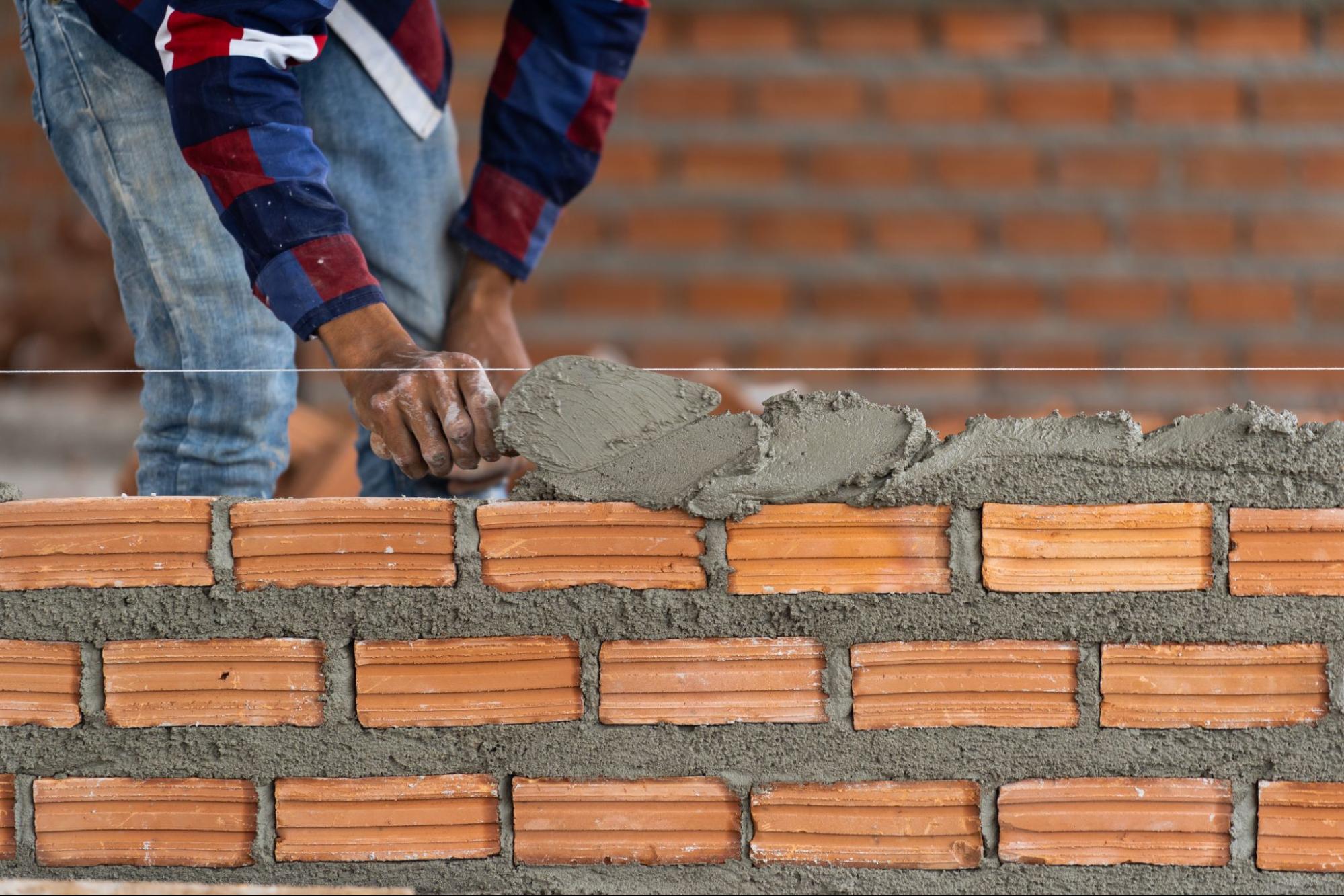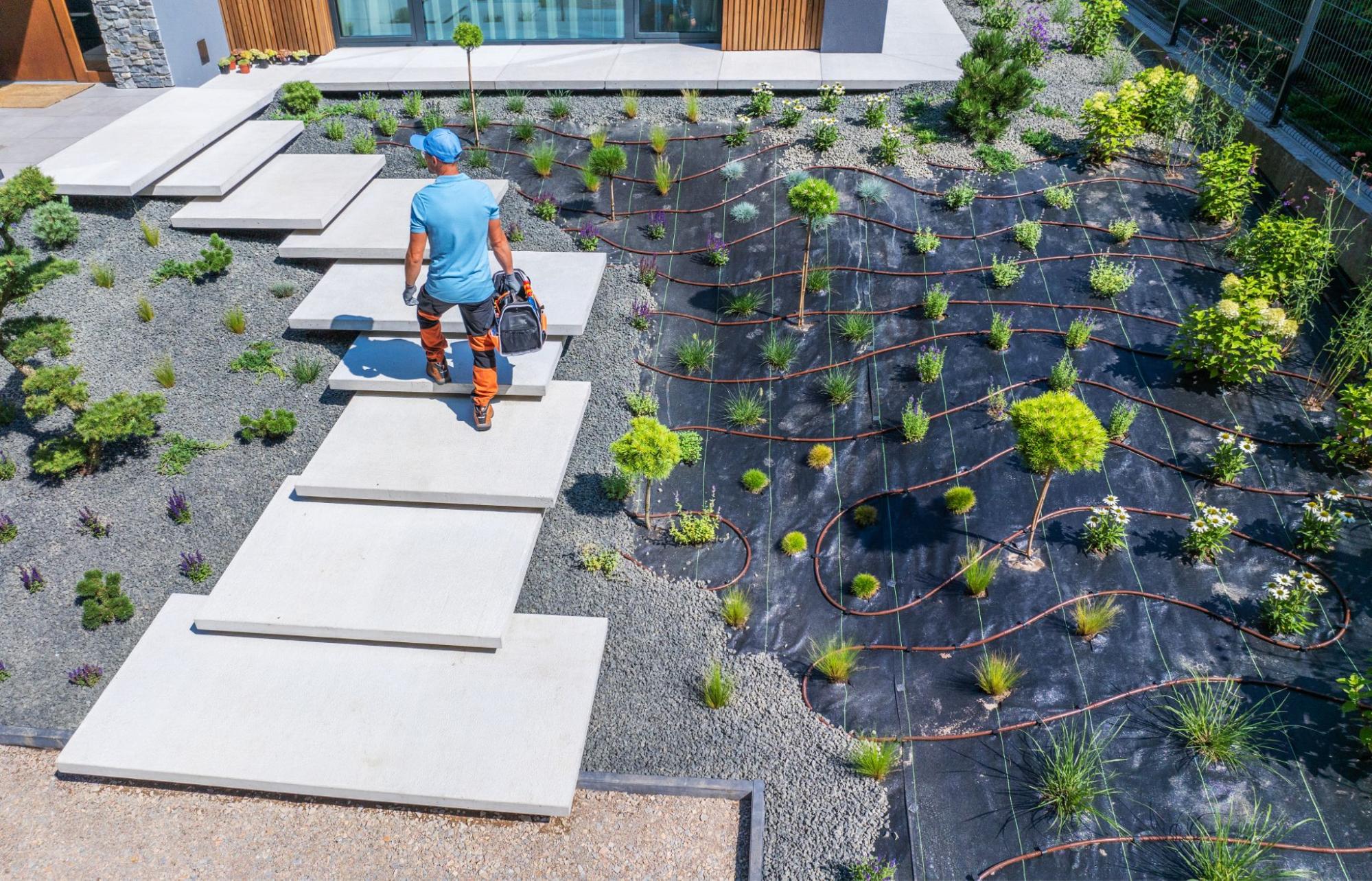
admin
October 22, 2025
The first step onto a concrete walkway tells you what the rest of the approach will be like—stable, quiet, and predictable. Because it’s monolithic, the surface spreads loads evenly, so carts roll smoothly, high heels don’t catch, and chair legs don’t wobble on patio connections. Unlike composite paths assembled from many small units, a concrete walkway minimizes visual chatter and reduces tripping points, especially when joints are planned and tooled with intention. It can be broomed for grip, seeded with decorative aggregate, or finished with a soft sand wash, giving you texture without sacrificing comfort. That combination of refinement and reliability is why so many front entries and side yards rely on this material as their default.
Gravel paths can be charming, but they migrate, rut, and track into the house. A concrete walkway holds its line through storm cycles and traffic, keeping shoes cleaner and interiors calmer. With the correct subbase and slope, it drains predictably without forming dusty hollows or muddy spots after heavy weather.
Casual walking, strollers, and wheelchairs move easily, and loose stones don’t scatter into lawns.
Controlled pitch sheds water efficiently, protecting adjacent beds from washouts.
Occasional sealing and joint care are more effective than constant raking and top-offs.
Pavers shine for pattern and modularity, yet they introduce joints that can open or settle. A concrete walkway trades that busier look for clean spans and precise borders, ideal when architecture leans modern or transitional. If frost heave or heavy roots are common, paver repair can be surgical, but a properly reinforced slab with a stable base resists those movements from the start. The design choice often comes down to visual rhythm and maintenance appetite.
Stamping, saw-cut scoring, and exposed aggregate offer design without overcomplication.
Pavers rely on interlock and sand; a slab depends on reinforcement and control joints.
Pavers can swap units; slabs can receive color-matched patching and overlays when planned.
Stone brings geological depth—veining, crystalline sparkle, and a hand-hewn presence that feels luxurious. It also demands tighter tolerances, larger budgets, and ongoing joint care to keep weeds and migration at bay. A concrete walkway can meet the same design brief at a different price point, especially when edged in stone or detailed with a saw-cut grid that echoes slab modules. Where the goal is a serene, architectural approach that complements steel, glass, and fine carpentry, the monolithic field of concrete provides a gallery-like calm that stone sometimes disrupts with busy variations.
Outdoor surfaces live by their detailing. With air-entrained mixes, proper control joints, and a sealed surface, a concrete walkway handles freeze-thaw cycles, de-icing exposure, summer heat, and gritty traffic without losing its composure. Textured finishes keep footing secure in rain, and edges can be rounded or chamfered to resist chipping at corners. Where vehicles occasionally cross, thicker sections and reinforcement prevent cracking from point loads, protecting both looks and function.
Entrained air and correct joint spacing reduce stress when water expands in pores.
Lighter pigments lower surface temperature and limit thermal expansion.
A subtle cross-slope with a broom finish strikes a balance between drainage and sure footing.
Accessibility is easier to achieve with a continuous surface. A concrete walkway accommodates precise slopes, landings, and flush thresholds that meet ADA intent, so rolling luggage, strollers, and mobility devices move without jolts. Visual contrast at edges, integrated tactile warnings near streets, and consistent handrail locations on ramps are straightforward to build into concrete. Because joints are intentional rather than constant, the experience feels smooth, quiet, and dignified from curb to door.
Sustainability depends on service life, reflectance, and maintenance. A concrete walkway offers decades of use with minimal intervention, and lighter mixes increase albedo, reducing heat buildup around south and west façades. Supplementary cementitious materials can lower cement content, and locally sourced aggregates can reduce transport impact. Where infiltration is a priority, permeable bands along the edges or adjacent rain gardens capture runoff while the main path stays clean and navigable.
Regional aggregates and lighter tones align with climate goals and neighborhood palettes.
Gravel or planted strips at borders handle storm peaks without compromising access.
Durability spreads embodied impact over decades, outperforming short-cycle surfaces.
Wood boardwalks bring warmth and coastal charm, but they introduce fasteners, spacing, and finish cycles that need faithful upkeep. In shady or damp zones, algae can make boards slick, and boards can cup or check with the seasons. A concrete walkway accepts nearby irrigation, leaf litter, and pets without splinters or rot concerns. With a washed or broomed finish and soft radii at turns, it feels friendly to bare feet and resilient to the realities of planting beds, hose bibs, and wheelbarrows.

Great paths choreograph movement and create small moments along the way. A concrete walkway can widen near entries for a gracious pause, taper gently toward side gates, and align saw-cuts with door mullions and window grids for visual harmony. Edging in stone or a color-shifted band frames planting beds and keeps mulch off the surface. Low, warm lighting cast from risers, step noses, or recessed wall washes guides night circulation without glare, making the approach as welcoming at 9 p.m. as it is at noon.
Joint spacing, border width, and subtle curves keep the walk calm and legible.
Flush interfaces at garages, porches, and patios remove trip points and wheel catches.
Warm, shielded fixtures and crisp borders turn function into a quiet theater.
Initial pricing can be comparable to pavers and higher than bare gravel, but the total cost of ownership usually tilts in concrete’s favor. Because a concrete walkway does not migrate, rut, or sprout weeds between units, cleaning is simpler and less frequent. Sealers extend color life and stain resistance, and small cracks caught early can be routed and sealed before they telegraph broadly. Appraisers and buyers tend to view a well-detailed path as part of overall quality, so the curb appeal dividend shows up when it’s time to sell, as well as every day you come home.
Execution makes the difference between ordinary and extraordinary. Look for installers who specify base depth, reinforcement, control-joint layout, mix design, and finish in writing. Ask how they protect edges during curing, how they handle drainage near foundations, and which sealers they recommend for your climate. A well-built concrete walkway reads quiet and confident from day one—and years later, when the landscaping has matured and the house has lived a little, it still feels like the path that was always meant to be there.
Visit our Onyx Home Improvement blog to learn more about concrete walkways and other types of paths.
Tags:
Latest News
Recent News & Articles